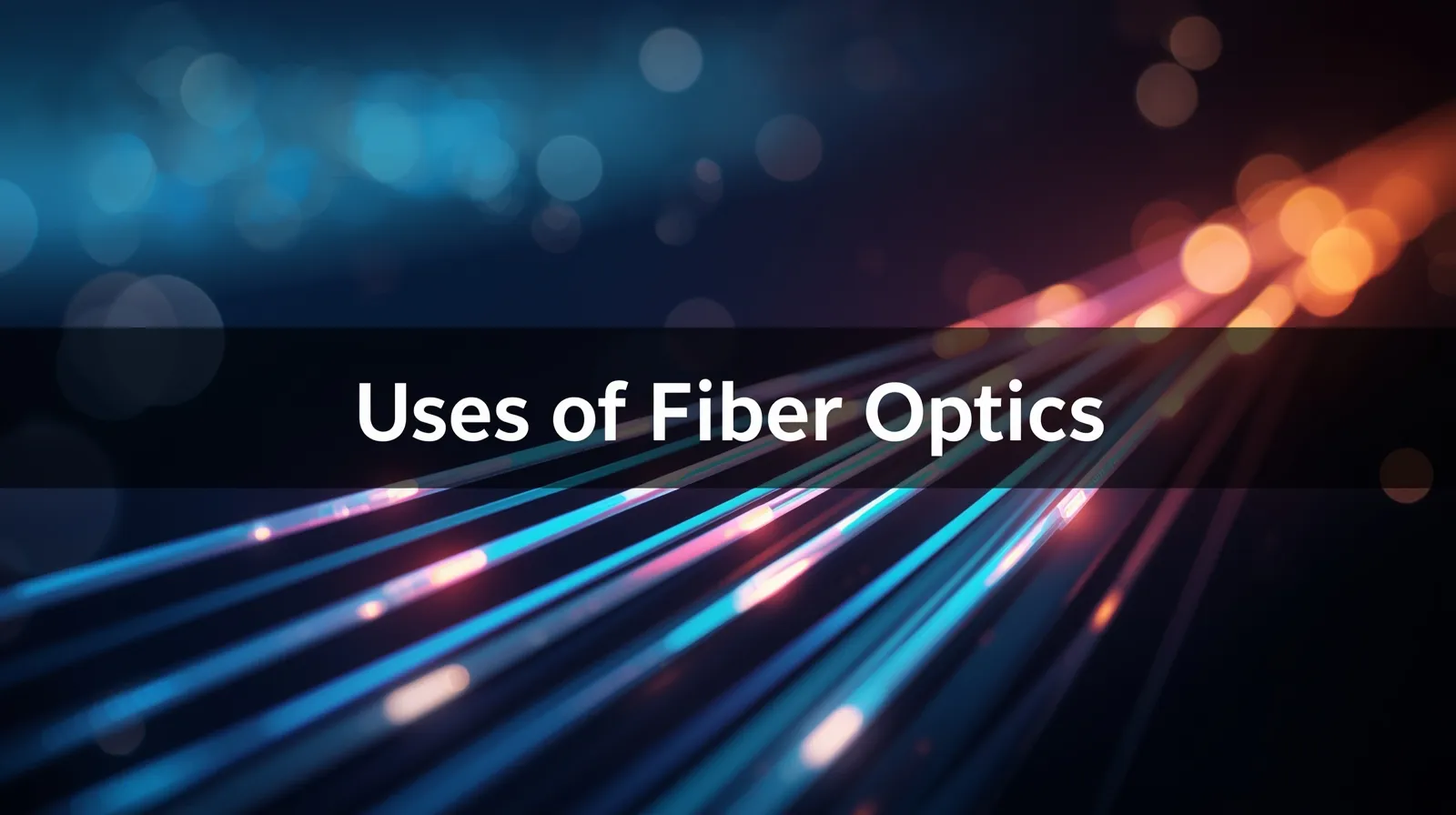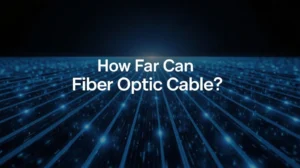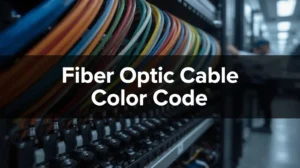Fiber optics have changed how information travels. They use light instead of electricity, making data move faster, safer, and more clearly. From the internet in homes to lasers in hospitals, fiber optic technology is now a part of everyday life. This guide explains the uses of fiber optics, where they are applied, and why they matter. It also explores how companies like Heritage Cabling design and install fiber optic systems that help cities and businesses stay connected. Whether for communication, medicine, or research, optical fiber plays a vital role in shaping our connected world.
Understanding the Basics:
Fiber optics are thin strands of glass or plastic that carry data through light signals. Each strand is about the width of a human hair but can transmit massive amounts of information quickly. Unlike copper wires, fiber optics don’t rely on electricity to send signals. They use light beams that bounce inside the cable, keeping the data safe from outside interference.
This method allows information to move over long distances with very little loss of quality. It is one of the biggest reasons fiber optic cables are now used in almost every major network system across the globe. The uses of fiber optics start with this unique ability to move light faster than anything else used for communication today.
The Evolution and Importance of Optical Fiber Technology
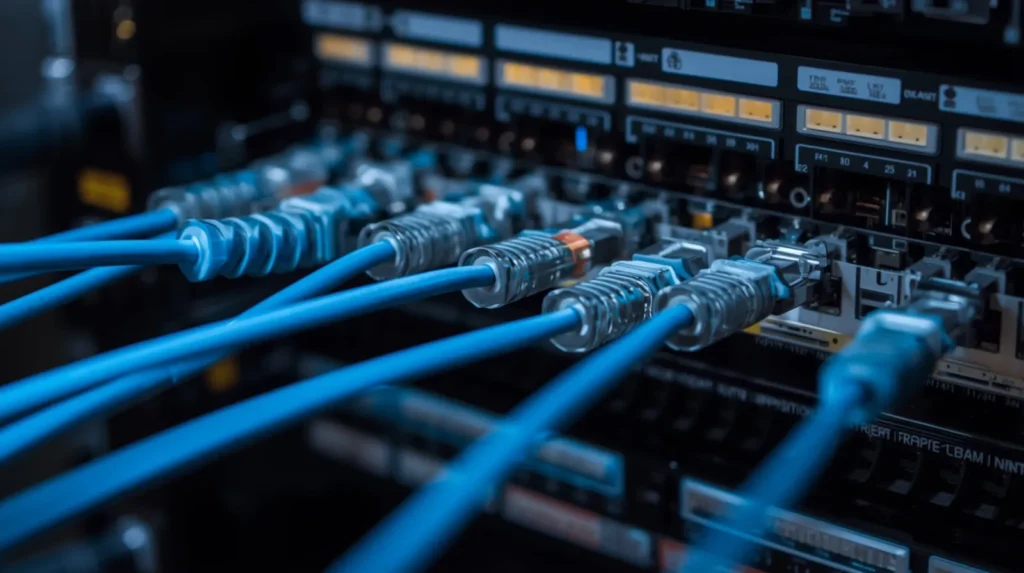
Decades ago, telephone lines relied on copper cables. While they worked, they couldn’t handle high-speed data or large volumes of information. Optical fiber changed that completely. It provided a faster, cleaner, and more reliable way to connect people and machines.
The importance of optical fiber lies in its unmatched speed and capacity. It supports streaming, gaming, video calls, and cloud computing without lag or interference. Businesses depend on it for stable internet connections, hospitals use it for instant data sharing, and researchers trust it for precise measurements. In short, optical fiber is the backbone of modern communication.
Every year, technology improves. Cables become thinner, stronger, and more efficient. The result is a system that supports billions of devices and keeps the world online.
Key Applications of Fiber Optic Cable in Today’s World
The applications of fiber optic cable go beyond the internet. These cables are now found in almost every field that needs fast and reliable data transfer. Here are some key uses:
- Telecommunication networks rely on fiber for high-speed internet and phone systems.
- Medical centers use fiber optics in imaging tools and surgical equipment.
- Industrial plants use it for sensors that measure heat, pressure, or movement.
- Aerospace and defense industries depend on optical fiber for secure and lightweight communication systems.
- Education and research use fiber networks to connect campuses and labs worldwide.
These fiber optics applications highlight why this technology is essential for both commercial and personal use.
Uses of Fiber Optics in Communication Systems
The most common uses of fiber optics are in communication systems. Fiber optic cables connect homes, offices, and entire cities. They carry phone calls, internet data, and television signals all through light pulses. Because light moves faster than electricity, fiber networks can handle more data at much higher speeds.
In communication systems, fibre optics also reduce signal loss. Copper cables can lose strength over distance, but optical fibres maintain quality across hundreds of miles. This makes them perfect for connecting countries through undersea cables, allowing the world to stay online every second of the day.
For businesses and individuals, this means faster downloads, clearer video calls, and more dependable connections. The uses of fiber optic cable have truly transformed the way people talk, work, and learn.
Medical Uses of Optical Fiber in Modern Healthcare
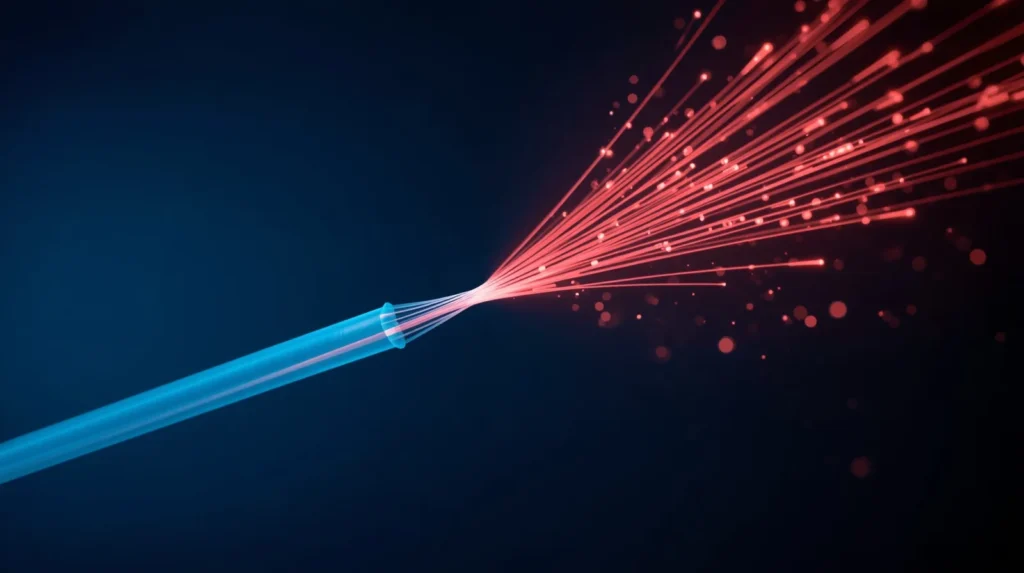
Fiber optics have found a major role in healthcare. Doctors use optical fiber applications in procedures like endoscopy, where a tiny camera on a fiber line allows them to see inside the human body. Light travels through the fiber, creating clear, real-time images for diagnosis and surgery.
Hospitals also use fiber optics for communication systems that share patient data instantly between departments. In laboratories, fibers are part of laser delivery systems used in precise treatments such as eye surgery.
The importance of optical fiber in healthcare cannot be overstated. It saves lives by helping doctors see better, operate with accuracy, and share information quickly.
Industrial and Military Uses of Fiber Optic Cables
In industries and defense, fiber optic cable uses extend to safety and performance. Factories use fiber sensors to monitor temperature and vibration in machinery. These sensors prevent breakdowns by alerting technicians before failures occur.
In the military, optical fiber uses include data transfer between control centers, radar systems, and vehicles. Because light signals can’t easily be intercepted, fiber optics make communication more secure. Their light weight also makes them ideal for aircraft and submarines, where saving space and weight is critical.
From manufacturing lines to battlefields, the application of fiber optic cable keeps operations efficient, safe, and connected.
How Fiber Optic Technology Powers Smart Cities in Dallas, TX
Cities today depend on fast, stable internet to run traffic systems, utilities, and public safety networks. In Dallas, TX, fiber optic networks support smart city technology. They connect streetlights, cameras, and sensors that manage energy use and traffic flow.
Fiber optics also power public Wi-Fi, video monitoring, and emergency communication systems. This technology allows cities to respond faster to problems and reduce waste. The applications of optical fiber in smart infrastructure show how local innovation can lead to global progress.
When networks are strong, cities run smoother, businesses grow faster, and communities stay safer.
Examples of Fiber Optics in Everyday Life
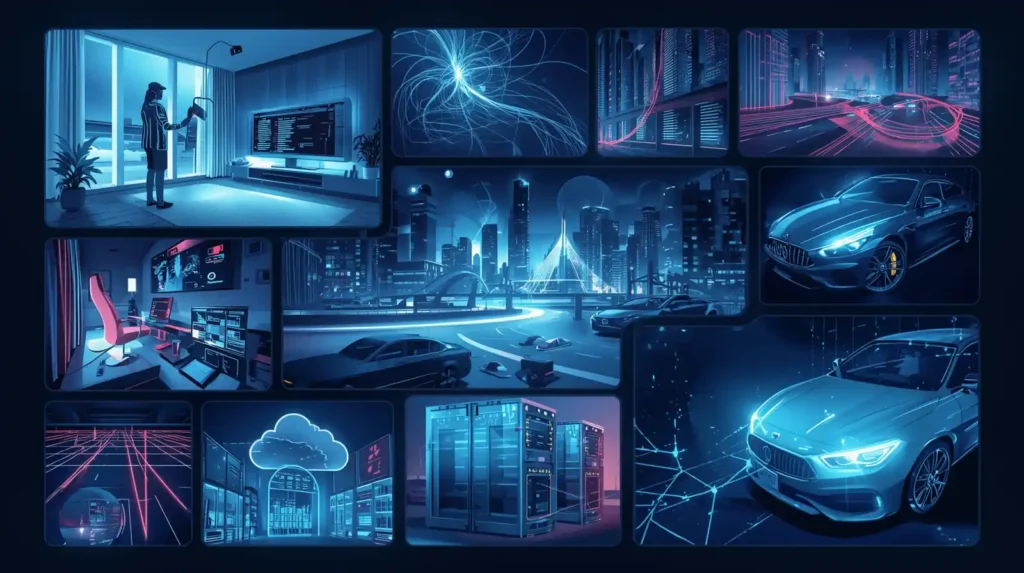
Many people use fiber optics daily without even noticing. Some clear examples of fiber optics include:
- Home Internet: Fiber connections deliver high-speed broadband that powers streaming and gaming.
- Television: Fiber lines carry HD and 4K content to homes.
- Lighting: Optical fiber is used in decorations, signs, and even car headlights.
- Data Storage: Companies use fiber optic cables to connect cloud servers and keep information safe.
- Sensors: Used in bridges, tunnels, and airplanes to measure strain or movement.
Each of these fiber optics uses shows how light technology quietly supports modern life.
Optical Fiber in Networking and Data Transmission
In large organizations and data centers, optic fiber cable uses are vital. Fiber optics connect routers, switches, and servers, enabling seamless data transmission. These cables ensure that thousands of computers can exchange information without lag or delay.
Service providers also rely on fiber optics to manage cloud storage, financial systems, and corporate communications. Because light signals are immune to electromagnetic interference, networks stay stable even in industrial environments.
Companies like Heritage Cabling specialize in designing and installing these systems. Their professional setups ensure that businesses get consistent speed, safety, and long-term reliability in every connection.
Future Scope and Innovations in Fiber Optic Applications
The future of fiber optics applications looks bright. Engineers are constantly working to make cables thinner, cheaper, and faster. New developments like hollow-core fibers and quantum communication will soon make data transfer almost instant.
Fiber optics also play a role in growing technologies such as smart homes, 5G, artificial intelligence, and satellite communication. As more devices connect, the demand for stable and secure data lines keeps increasing.
The uses of optical fiber cable will continue to expand across energy grids, schools, transportation, and virtual reality. Light-based data transmission is the key to the next wave of innovation.
Why Businesses Trust Heritage Cabling for Fiber Optic Solutions
Experience matters when it comes to fiber optic systems. Heritage Cabling has earned trust through consistent quality and technical expertise. The company offers professional installation, maintenance, and repair for all types of fiber networks. From small offices to large industrial sites, it provides solutions that meet both speed and safety requirements.
What sets them apart is their focus on reliability. Fiber optic cabling must be done with precision to ensure perfect light transmission. Heritage Cabling combines real-world experience with up-to-date tools and training. That level of knowledge builds the kind of trust businesses rely on when communication is critical.
Conclusion
Fiber optics have reshaped communication, healthcare, defense, and entertainment. They deliver light-speed connections that drive progress and innovation. The uses of fiber optics continue to grow as the world becomes more connected. From carrying your phone call to guiding a surgeon’s laser, optical fiber remains at the heart of modern technology.
Its ability to transmit light safely and efficiently makes it one of the most powerful inventions of the modern age. As industries keep evolving, fiber optics will lead the way to faster networks and smarter systems.
Reach out to Heritage Cabling today for professional fiber optic installation and network solutions built for long-term performance and reliability.

